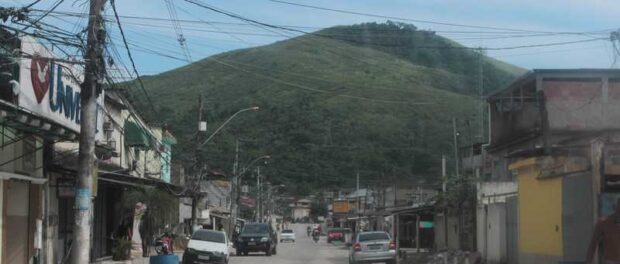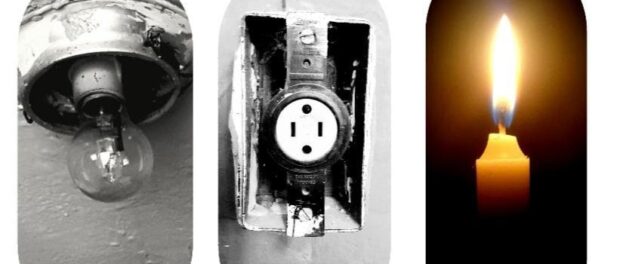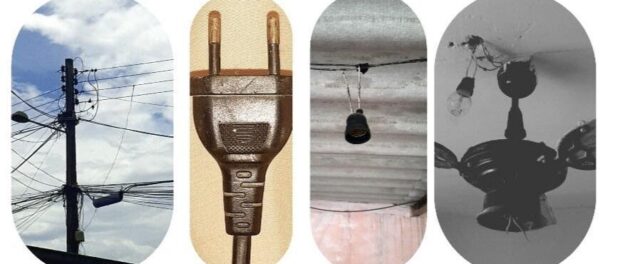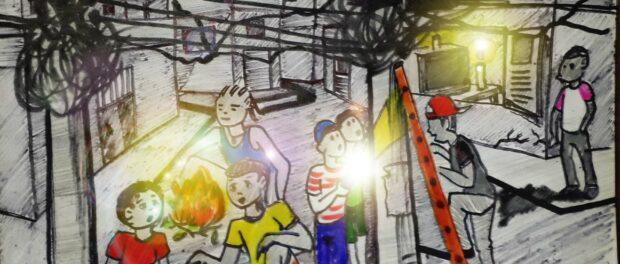
This article recounts the lived experience and reflections of a young resident of the Complexo do Salgueiro favelas in the municipality of São Gonçalo relaying the precariousness of energy supply in his community. It is part of a series about energy justice and efficiency in Rio’s favelas. The article is also part of a partnership with the Center for Critical Studies in Language, Education, and Society (NECLES), at the Fluminense Federal University (UFF), to produce articles to be used as teaching resources in public schools in the city of Niterói, Rio de Janeiro’s sister city across Guanabara Bay.
Whoever is on the front lines and suffers from socioeconomic inequality understands that the reality of their place of residence is different from that of rich places. I have been a favela resident since the day I was born; I have witnessed, and still today I suffer, in my skin, the neglect of low-income populations. I believe that this differential treatment, which only serves to breed inequality, is something which society must address.
I live in the Complexo do Salgueiro favelas in São Gonçalo, Greater Rio, and I have always faced many challenges which stem from so many different causes, and one of them is the fact of living without the guarantee of basic rights. The precariousness of services provided to favelas is a chronic menace to good living conditions. Talking about energy security in favelas, the lack of electricity, and the impacts of this absence on socially vulnerable people is a necessary and urgent matter.
Many are the memories I have of blackouts: all of a sudden, all of the lights go out, my mother quickly lights candles to brighten the rooms of the house. For those who suffer constantly with lack of energy, you cannot be short on candles to illuminate homes in the darkness, even in such a “modern” age. In these moments, my family gets together on the sidewalk with neighbors in the moonlight, and we spend hours entertaining ourselves with games, music, and stories, waiting for electricity to return.
In spite of this pleasant moment shared with the community, at the end of the day, living through this is very difficult. Popularly known as the “quedas de luz,” this issue is routine for lots of people, and has been for a long time. The invisibility of the poorest results in countless families, in the dark, in the heat, without refrigerated foods and cold water. And during a time when the Internet is becoming increasingly important, the connection is interrupted, making it impossible for us to use this digital means to study, work, and navigate social media. These experiences and realities mean more difficulties in the daily routines of those who already live through fear, hunger, and lack of assistance. Sadly, unemployment in Brazil only continues to rise, and this reaches this part of the population directly.
“Light scarcity in my life is terrifying, because I don’t like being in the dark. It’s really horrible. In addition to the heat, we also have to deal with mosquito bites, affecting the quality of our sleep, and the little food we have in the fridge goes bad.” – Antônia,* a longtime resident of Salgueiro
Given Salgueiro’s precarious electricity supply, people look for other ways to survive, opting for emergency solutions, using clandestine light connections, famously known as the “gato.” The gatos put families at risk of losing the little they have, which is a common occurrence. Household appliances such as televisions, fans and refrigerators can short-circuit due to being improperly connected to high-voltage electricity. Both because it is a right and also because of the risks incurred when communities do not have access to energy, secure access to energy services is essential—they are necessary and should be guaranteed by public authorities in order to give a dignified life to those who suffer from this problem firsthand.
“Using the ‘gato’ makes us worse off… even though we need to use it. We use the ‘gato’ because we lack financial means: either we pay the electric bill, or we buy food… And when our appliances short-circuit as a result, the warranty won’t cover it.” – João,* Salgueiro resident
Even in the face of these difficulties, a solution exists that can remedy such problems: the Electrical Energy Social Rate (TSEE). Created by the federal government for low-income families, the program offers discounts on energy bills. “The rate is discounted 65% for the first 30kWh consumed each month. For consumption of 31-100kWh per month, the discount is 40%. And finally, for consumption between 101-220kWh, there is a 10% reduction in price,” according to the national electricity agency’s site. However, a report by the RJ2 news show on TV Globo states that though in Rio de Janeiro 250,000 clients of the city’s utility Light are eligible for TSEE, they have not requested to enroll. This is because although there are some initiatives that promote energy justice, the scarcity of knowledge about rights is still an obstacle to the low-income population accessing TSEE, among other rights.

Access to energy is one of the many challenges in the lives of favela residents. This issue is particularly critical because it concerns people who are typically ignored and were never prioritized. The authorities must carry out their responsibilities, ensuring affirmative policies which tackle socioeconomic issues and dialog with, listen to, and understand the real needs and realities of those who live in these territories.
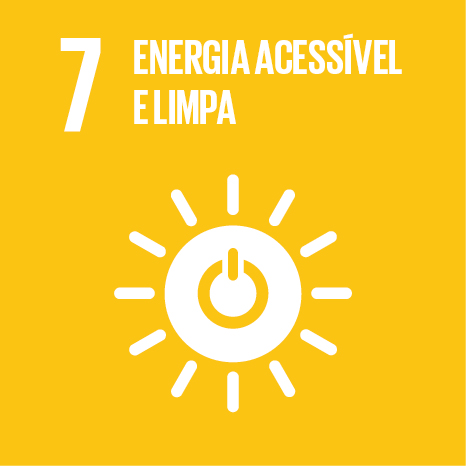 In a more just society that is consistent with the yearnings of the twenty-first century, government officials should pay attention to the UN‘s 2030 Agenda for Sustainable Development—whose 17 Sustainable Development Goals aim “to eradicate poverty and promote a dignified life for all, within the limits of the planet.” Its orientations related to energy justice and security can be found in Goal 7: “affordable and clean energy,” which means expanding infrastructure and modernizing or adapting technology so sustainable energy can be supplied to all, including in favelas where this is a challenging and precarious issue.
In a more just society that is consistent with the yearnings of the twenty-first century, government officials should pay attention to the UN‘s 2030 Agenda for Sustainable Development—whose 17 Sustainable Development Goals aim “to eradicate poverty and promote a dignified life for all, within the limits of the planet.” Its orientations related to energy justice and security can be found in Goal 7: “affordable and clean energy,” which means expanding infrastructure and modernizing or adapting technology so sustainable energy can be supplied to all, including in favelas where this is a challenging and precarious issue.
“I believe that the use of solar energy, through installing solar panels in favela homes, could be very beneficial… [It would be good] to offer talks to residents to raise awareness about the proper use of household appliances, and ensure access to high quality electricity for people in the low-income bracket.” – Luciana Pereira, Salgueiro resident
Life has never been easy for those who survive in the face of the risks of being poor, black favela residents, in this world of inequality and discrimination. What is left for us to do is fight to cross the barriers that prevent us from dreaming of a future where all can have their rights to clean and affordable energy fulfilled.
*Antônia and João are fictional names used in this report in order to protect the identity of Salgueiro residents.
Gabriel dos Santos Pereira Lima, 20, lives in Complexo do Salgueiro in São Gonçalo, Rio de Janeiro. He is working toward his bachelor’s degree in environmental science at the Federal University of Niterói (UFF) and believes that through education, we can find pathways to transform lives.
This article is part of a series about energy justice and efficiency in Rio’s favelas.

